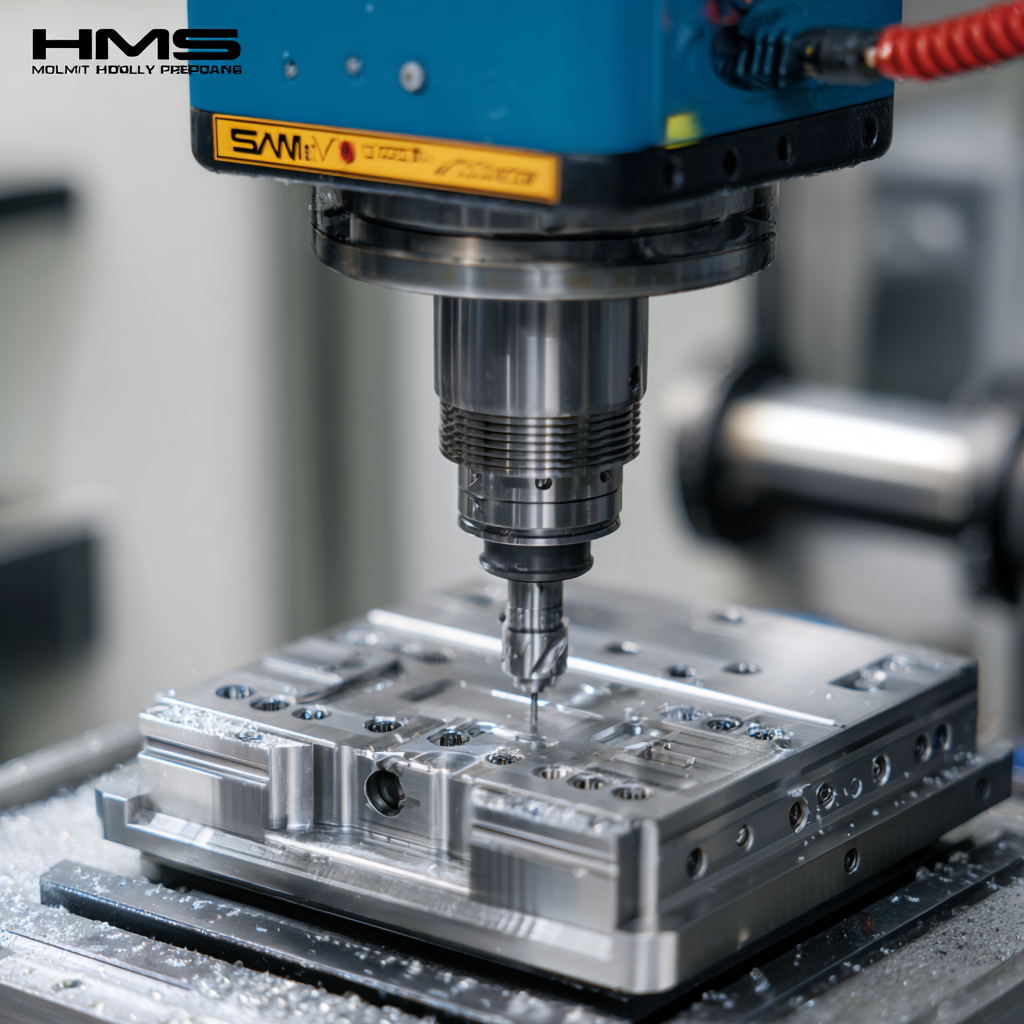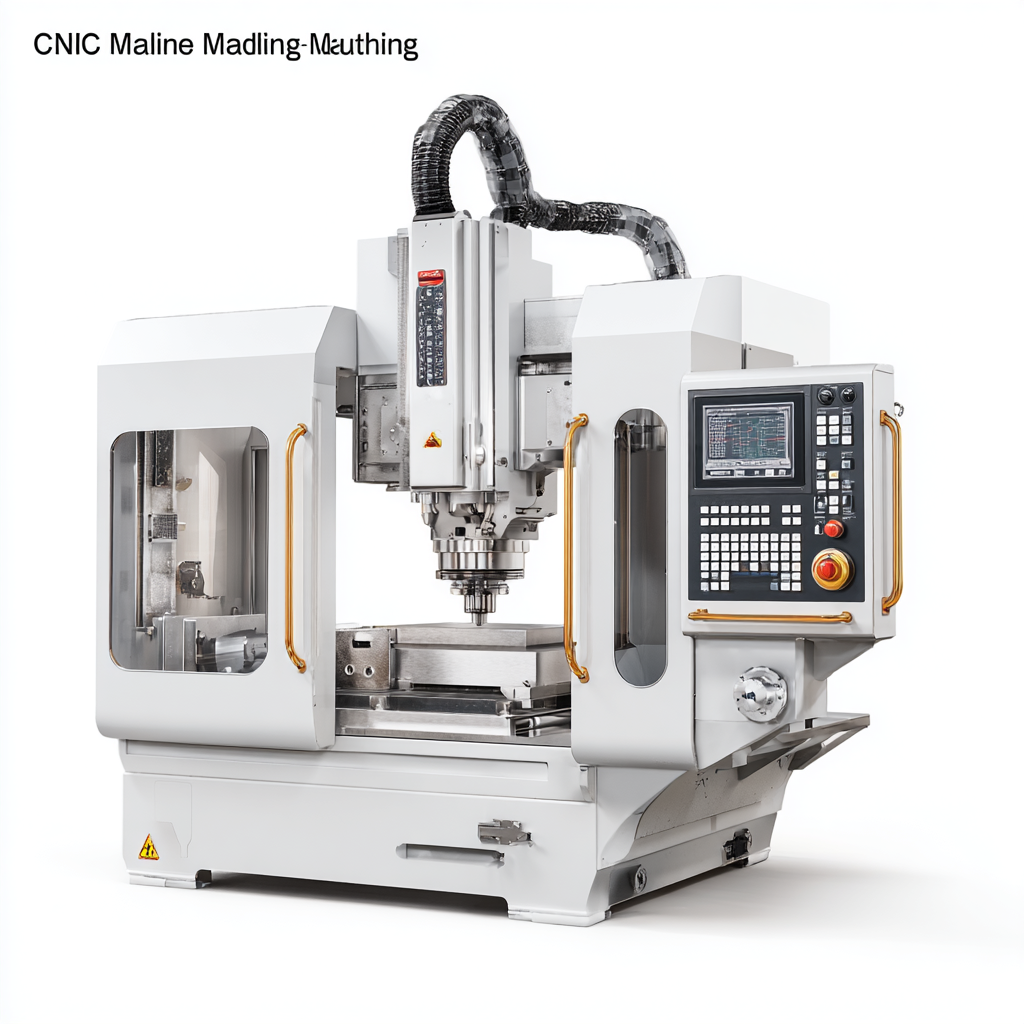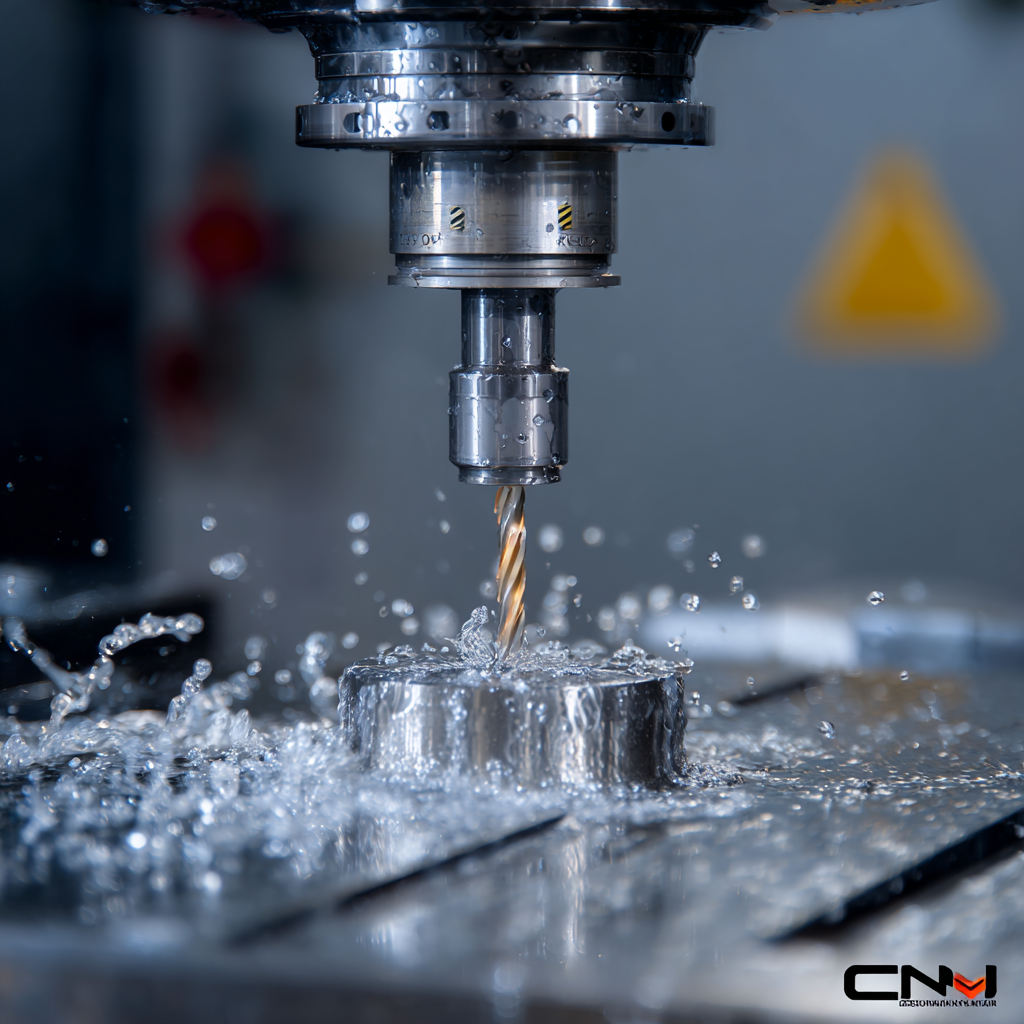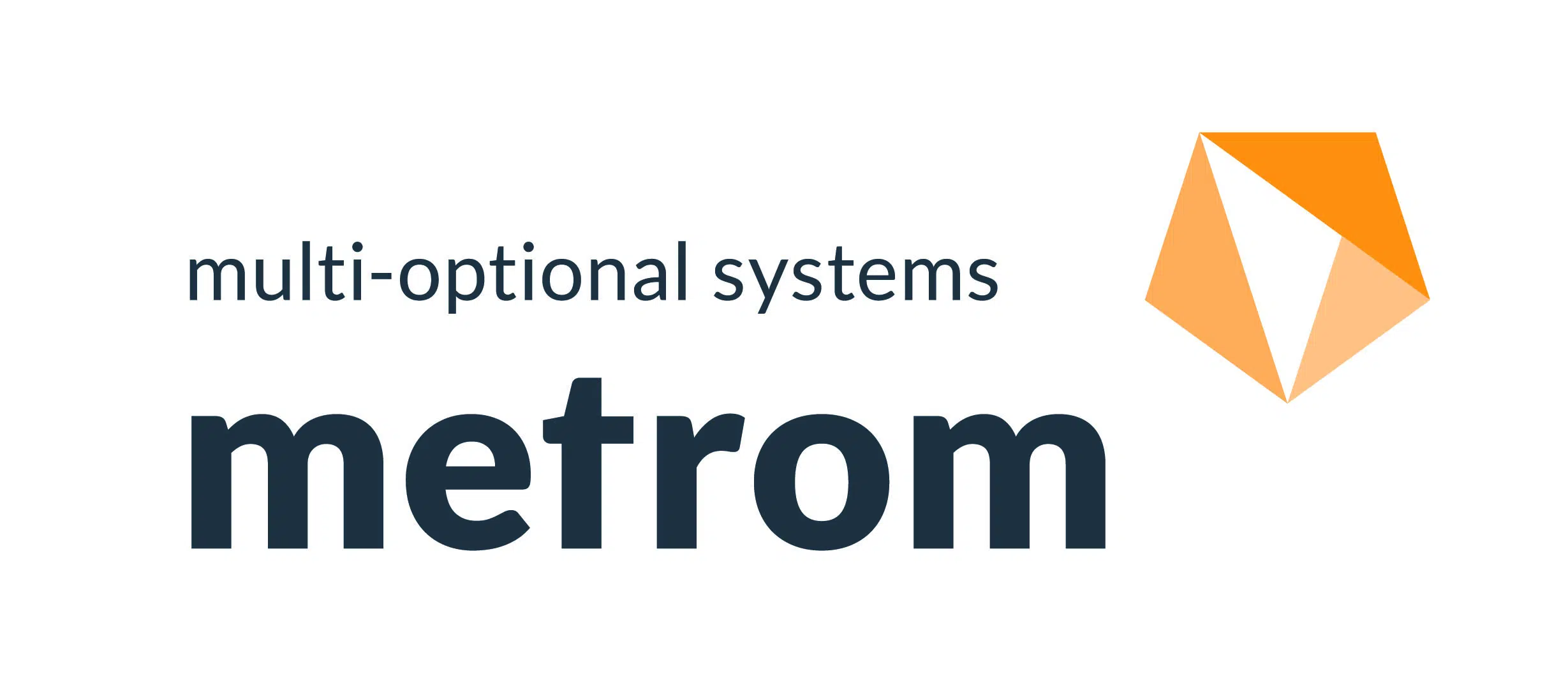METROM’s
Blog
METROM’s
Blog
Challenges Faced When Choosing the Best CNC Milling Machine for Your Business
In the rapidly evolving manufacturing landscape, the importance of selecting the right CNC machine milling machine cannot be overstated. According to a report by MarketsandMarkets, the global CNC machining market is expected to reach USD 100 billion by 2025, reflecting a compound annual growth rate (CAGR) of over 6%. This growth underscores the increasing reliance on CNC technology for precision and efficiency in production processes.

However, businesses often face significant challenges when choosing the best CNC milling machine, as factors such as import and export certifications, cost considerations, and the availability of technical support play critical roles in the decision-making process. Navigating these complexities is essential for companies aiming to optimize their operations and maintain a competitive edge in both domestic and international markets. Understanding the intricacies of certification requirements and market standards will not only streamline the purchasing process but also enhance overall productivity and compliance in industrial applications.
Factors to Consider When Selecting a CNC Milling Machine for Your Business
 When selecting the best CNC milling machine for your business, several key factors must be taken into account. A significant consideration is the machine's precision and accuracy, which are critical for producing high-quality parts. According to a report by MarketsandMarkets, the CNC machining industry is projected to grow from USD 63.4 billion in 2020 to USD 100.7 billion by 2026, driven largely by advancements in precision machining technology. Therefore, choosing a machine with high-resolution controls can significantly enhance operational efficiency and product quality.
When selecting the best CNC milling machine for your business, several key factors must be taken into account. A significant consideration is the machine's precision and accuracy, which are critical for producing high-quality parts. According to a report by MarketsandMarkets, the CNC machining industry is projected to grow from USD 63.4 billion in 2020 to USD 100.7 billion by 2026, driven largely by advancements in precision machining technology. Therefore, choosing a machine with high-resolution controls can significantly enhance operational efficiency and product quality.
Another essential factor is the machine's versatility. Businesses often require different types of milling tasks, so investing in a CNC milling machine that can perform a variety of functions, such as drilling, tapping, and engraving, is vital. A 2022 industry survey revealed that nearly 58% of manufacturers prioritize multifunctional capabilities in their CNC machines, underscoring the demand for adaptable equipment. Additionally, considering the ease of software integration and training for operators can influence productivity and reduce downtime, making it a crucial element in the selection process.
Understanding Different Types of CNC Milling Machines and Their Applications
When selecting the best CNC milling machine for your business, it's essential to understand the diverse types available and their specific applications in various industries. CNC milling machines can be categorized into vertical, horizontal, and 5-axis machines, each serving distinct purposes. Vertical milling machines are particularly favored for their ability to handle a variety of materials and produce precise parts, making them ideal for small-scale production. Horizontal milling machines, on the other hand, are more efficient for larger workpieces and complex shapes, while 5-axis machines offer unparalleled versatility and accuracy, making them perfect for intricate designs and tight tolerances.
According to industry reports, the global CNC milling machine market is expected to reach a valuation of over $118 billion by 2026, driven by advancements in technology and the growing demand for automation in manufacturing processes. To ensure you choose the right machine for your needs, consider the specific materials you will be working with, as well as the complexity of the designs you aim to produce.
Tip: Before making a purchase, conduct a thorough evaluation of your production requirements and budget constraints. It's also beneficial to consult with industry experts or attend trade shows to gain insights into the latest technologies and innovations in CNC milling. This will help you make a more informed decision and avoid overinvestment in capabilities that your business may not utilize effectively.
Cost vs. Performance: Finding the Right Balance in CNC Milling
When selecting a CNC milling machine for your business, the balance between cost and performance is crucial. Data from a recent industry report by Grand View Research indicates that the global CNC machining market is expected to reach $100 billion by 2025, signaling a robust demand for high-performance machines. However, it's essential to analyze how much you're willing to invest while ensuring the machine meets your operational needs. Lower-cost machines may initially seem attractive, yet they often compromise on precision and longevity, leading to increased production costs over time.

Moreover, a study by Market Research Future highlights that high-performance CNC milling machines enhance productivity by up to 30%, greatly impacting profit margins for businesses in competitive sectors. Investing in a top-tier CNC milling machine can mitigate maintenance expenses and reduce downtime, which can be critical for small to medium-sized enterprises striving to maintain efficiency.
Ultimately, understanding your specific production requirements and aligning them with the optimal balance of cost and performance will empower businesses to make informed decisions that foster growth and profitability in the long run.
The Role of Automation in Modern CNC Milling Machinery
In the competitive landscape of manufacturing, the role of automation in modern CNC milling machinery is pivotal. Automation not only enhances productivity but also ensures high precision, making it easier to meet tight tolerances required in various industries. Automated CNC milling machines can run continuously, reducing downtime and increasing the overall efficiency of operations. This capability allows businesses to scale their production without a proportional increase in labor costs, leading to substantial savings.
When choosing the best CNC milling machine for your business, consider focusing on automation features. For instance, look for machines equipped with advanced software that can integrate seamlessly with your existing systems. This can streamline design-to-manufacturing processes, thereby reducing the chances of human error.
Common Mistakes to Avoid When Investing in CNC Milling Equipment
When investing in CNC milling equipment, businesses often overlook critical factors, leading to costly mistakes. One common pitfall is failing to assess the actual production needs. According to a report by Grand View Research, the global CNC milling machine market is projected to reach $100 billion by 2025, with demand driven by various industries, including aerospace and automotive. Companies must define their specifications, including material types and production volume, to ensure the machine can meet their requirements without over-investing in unnecessary features.
Another frequent error is neglecting the long-term cost of ownership. A study from Deloitte reveals that machine maintenance can account for up to 15% of total operational costs over a machine's lifespan. It’s essential to consider not only the initial purchase price but also training, maintenance, and potential downtime. Investing in equipment that is both reliable and easy to service can mitigate these ongoing costs, ensuring that the equipment remains efficient and productive in the long run. By addressing these common mistakes, businesses can make more informed decisions when selecting the best CNC milling machine for their operations.
Common Challenges When Choosing CNC Milling Machines
The following chart illustrates the most common challenges businesses face when selecting CNC milling machines. The data represents the percentage of businesses identifying each challenge based on a recent survey.

